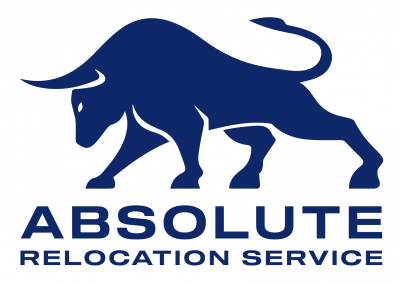Office relocation

Office relocation can be a complex and challenging process, but with careful planning and organization, you can minimize disruptions and ensure a smooth transition. Here are some tips to help you with your office relocation:
- Create a Detailed Plan:
- Start planning well in advance. The more time you have to prepare, the smoother the transition will be.
- Develop a detailed relocation plan that includes a timeline, tasks, responsibilities, and deadlines.
- Establish a Relocation Team:
- Assign a relocation team or coordinator responsible for overseeing the entire process.
- Divide responsibilities among team members, such as IT, facilities, communication, and logistics.
- Communicate Effectively:
- Keep employees informed about the relocation well in advance.
- Use various communication channels, such as email, meetings, and internal memos, to update employees on the progress and address any concerns.
- Inventory and Declutter:
- Take inventory of all equipment, furniture, and supplies to determine what needs to be moved, what can be sold or donated, and what should be replaced.
- Decluttering can help reduce moving costs and ensure a fresh start in the new space.
- Hire Professional Movers:
- Research and hire a reputable moving company with experience in office relocations.
- Obtain quotes from multiple movers and ensure they have insurance coverage.
- Update Contact Information:
- Inform clients, vendors, and other relevant parties about your upcoming move.
- Update your address on the company website, social media, and any other platforms where your address is listed.
- Coordinate IT and Telecom Services:
- Plan for the disconnection and reconnection of IT and telecom services.
- Ensure that the new office is equipped with the necessary infrastructure for your technology needs.
- Label and Organize:
- Label all boxes and furniture with their destination in the new office.
- Keep essential items, such as important documents and office supplies, easily accessible during the move.
- Set Up a Temporary Office:
- If possible, arrange for a temporary office space to maintain business operations during the move.
- Ensure that employees have access to necessary resources and tools.
- Conduct a Post-Move Evaluation:
- Once the move is complete, gather feedback from employees and address any issues.
- Evaluate the efficiency of the relocation process to learn from the experience and improve future moves.
- Legal and Regulatory Compliance:
- Ensure that your relocation complies with all local zoning laws, building codes, and other regulations.
- Update any permits or licenses as needed for the new location.
- Emergency Preparedness:
- Have a contingency plan in case of unforeseen issues or delays.
- Ensure that important documents and data are backed up and easily accessible.
Remember that each office relocation is unique, so adapt these tips to fit the specific needs and circumstances of your organization.





